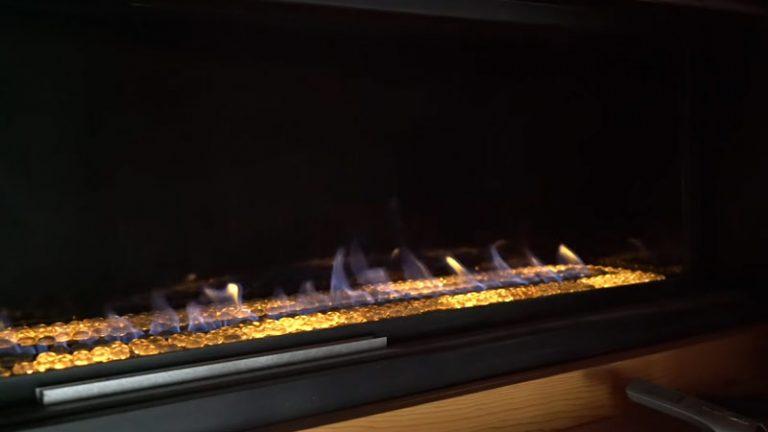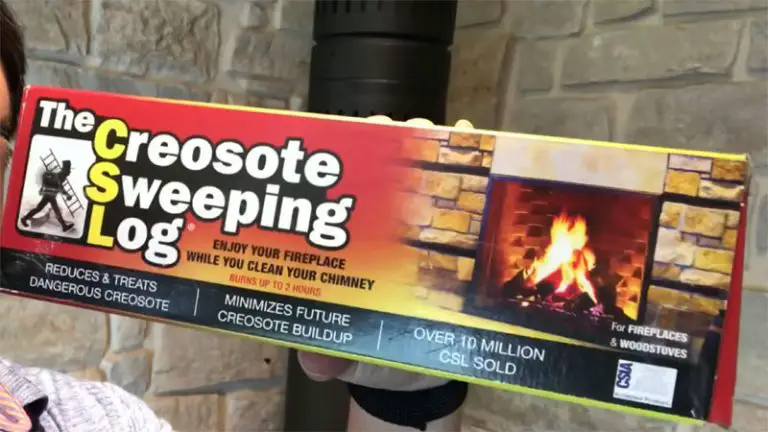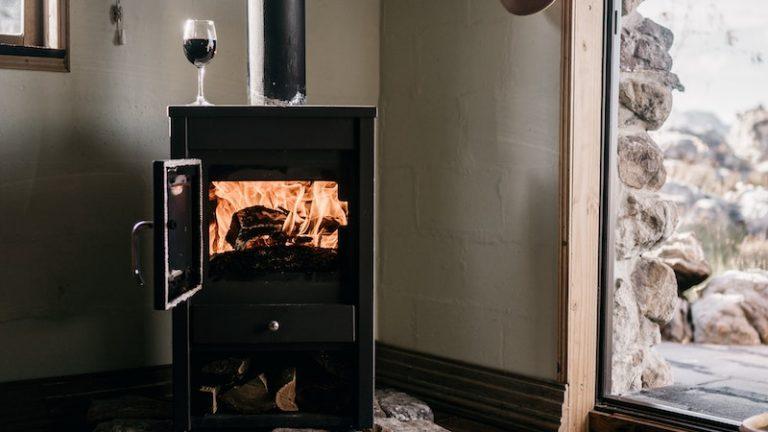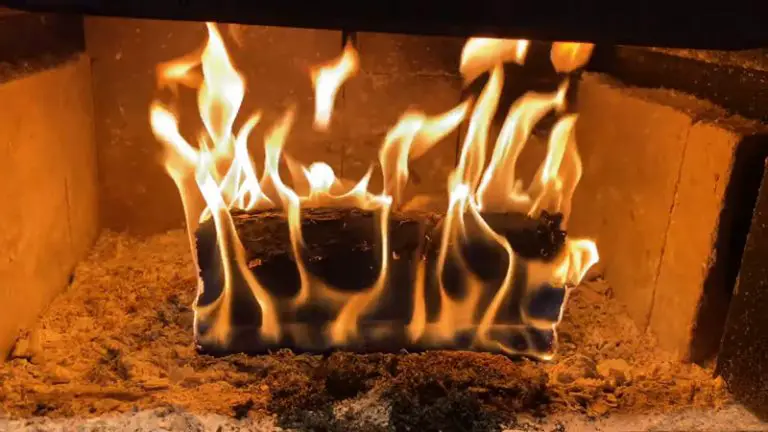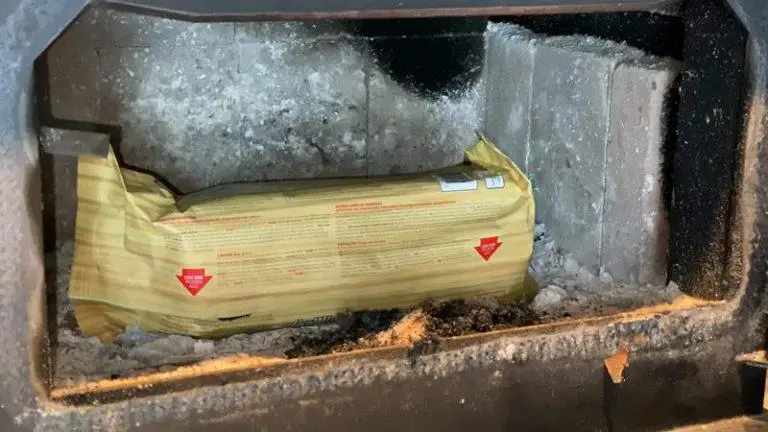What Is Creosote Buildup
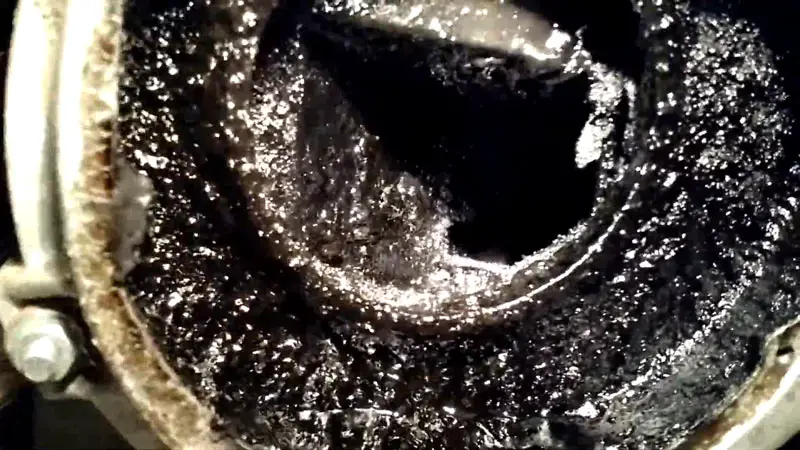
If you have a chimney or flue not properly vented, smoke and heat will cause creosote to form. Sweeping is the most common method used to remove creosote buildup-more specialized tools are required for severe cases of Creosote buildup.
Proper maintenance can help prevent poor Chimney or Flu management from causing Creosote buildup in your home in the first place. It’s essential to be proactive about keeping your home safe by regularly sweeping and cleaning any areas that may accumulate creosote over time-this includes around your fireplace as well.
Keep an eye out for any warning signs that indicate you need more specialized equipment to clean up serious Creoose buildup.
You'll Learn About
What Is Creosote Buildup?
Creosote buildup can be caused by a variety of factors, including poor maintenance. If your chimney or flue isn’t properly ventilated, smoke and heat will cause creosote to form.
Sweeping is the most common method used to remove creosote buildup-more specialized tools are required for severe cases. Properly cleaning and maintaining your fireplace can help prevent this problem in the first place.
Keep an eye out for signs that you may need professional help-chimneys and flues might need sweeping or Cleaning, too.
Creosote Buildup Caused By Poor Maintenance
Creosote buildup can be caused by poor maintenance, such as not cleaning the chimney or flue properly. This residue can cause a variety of problems, including decreased efficiency and fire hazards.
If you see any signs of creosote buildup, it’s important to take action right away to prevent further damage. Proper chimney care is essential for preventing this issue in the first place. Follow these tips to get started: Keep your fireplace clean and free from debris so that heat doesn’t build up over time, which could lead to creosote accumulation.
Chimney Or Flue Not Ventilated Properly
Creosote buildup is a serious problem with chimneys or flues not being properly vented. This can create dangerous conditions in your home, so it’s important to take action as soon as you notice signs of creosote build-up.
There are several ways to remove creosote from a chimney or flue, and each approach has its own benefits and drawbacks. In order to avoid costly repairs down the road, be sure to get an evaluation for your specific situation every few years.
Finally, remember that even if you don’t have creosote problems right now, it’s always best to keep your chimney and flue clean in case they develop later on.
Smoke And Heat Cause Creosote To Form
Creosote is a by-product of burning wood, oil, or gas. Smoke and heat cause the creosote to form. The buildup can be dangerous and difficult to remove without professional help.
You can reduce the risk of causing creosote build up by using proper ventilation when cooking or burning fuels indoors. If you notice any signs of creosote build-up, contact a professional immediately for removal assistance.
Sweeping Is Common To Remove Creosote buildup
Creosote buildup can occur on any surface that has been exposed to the elements and is in close proximity to a fire. Sweeping is the most common method used to remove creosote, but vacuuming and scraping are also effective methods.
If you’re unable or unwilling to clean the area yourself, hiring a professional should be your next step. Creosote buildup can cause damage if not cleaned immediately, so it’s important to take action as soon as possible. There are several warning signs that indicate you need to clean an area with creosote buildup: black mold growth, peeling paint, water spots on walls or ceilings
More Specialized Tools Are Required
Creosote buildup is a serious problem that requires specialized tools to remove. If left untreated, creosote will cause extensive damage to your home’s interior and exterior surfaces.
You can prevent this from happening by using the right tools and techniques when removing creosote build-up. In more severe cases, you may need to call in professional help to take care of the mess completely.
Make sure you have all of the necessary supplies before starting any removal process – it could be costly in the long run if not done correctly.
How do you get rid of creosote build up?
Creosote build-up can be a nuisance and is often difficult to remove. Use a clean rag to wipe the oil off of the surface that needs cleaning. In combination with oils, creosote lift-off products can help you get rid of it quickly and easily.
Wipe in one direction with a lifting motion to loosen any built-up fabric residue. Be sure always to use caution when working around flammable materials.
Where does creosote build up the most?
Creosote is a byproduct of oil and gas production, and it can build up in engines and other components over time. This buildup can cause them to malfunction or even catch on fire.
Creosote buildup is a common issue with wood-burning appliances such as stoves and fireplaces. The creosote in these products helps to protect the wood from flames, but over time it can build up and cause problems.
This issue typically affects chimneys, flues, and other parts of your appliance which are in direct contact with the burning wood. Unseasoned wood is another common source of creosote buildup. This happens when you buy lumber that has not been treated or dried properly.
As a result, the moisture inside the lumber remains even after it’s been exposed to air outside, leading to an accumulation of creosote on surfaces where it meets water vapor (like walls). 3. A cool environment can also lead to increased creosote formation because cold temperatures slow down chemical reactions which create this harmful substance.
Additionally, colder weather causes timber to dry out more quickly than normal, which also contributes to its susceptibility to creosote exposure. Creosote builds up most rapidly around areas where there is liquid fuel present–such as near injectors or valves–because these areas act as conduits for fuel droplets entering and leaving the device.
If you notice signs of creosote buildup such as black sooty deposits on ceilings or walls near your fireplace, you may need to clean out the Chimneyand Flueor ReplaceUnseasoned Wood with Treated Lumber.
What destroys creosote?
Creosote is a type of tar that forms on wood when it’s exposed to the elements. It can be caused by a number of factors, including weathering and improper roof maintenance.
Over time, creosote will spread and damage your house or building.
Creosote is a Toxic Material
Creosote is a byproduct of oil and gas production. It’s often used as an insulation material in homes, but it can also be toxic if it accumulates in high concentrations.
Chlorine can destroy creosote, so you may need to take steps to remove it from your property.
Chlorine can destroy creosote
Chlorine can break down the chemicals that makeup creosote and lead to its destruction over time. This could cause your home to lose its value since many people are interested in purchasing properties with historical significance.
Removal of Creosote from Your Property
There are several ways you can remove creosOTE from your property without having to hire a professional contractor or risking damage to your home: using boiling water, acid wash, scrubbing with caustic soda solution, or lye soak followed by baking soda blasting.
Should I worry about creosote?
If you are concerned about the presence of creosote in your home, take the following precautions: Check for chimney obstructions and carbon monoxide detectors in every room.
Safely install a flue if necessary to prevent the build-up of creosote. Be sure to clean up any messes made during installation work promptly.
How often should chimneys be cleaned?
Chimneys are important parts of a home’s heating and cooling system. They help move air from the furnace or heater to the living space. Regularly cleaning your chimney will keep it in good condition and prevent any build-up of dirt, ashes, or soot that can cause problems with your furnace, heaters, or air conditioning units.
Cleaning your chimney is an important part of practicing safe fireplace use. Chimneys are designed to expel smoke and soot, which can cause problems if not cleaned regularly. A professional chimney cleaner will be able to clean your chimney better than you ever could, ensuring that it functions properly and keeps your home healthy.
All types of chimneys should be swept at least once a year in order to prevent any build-up of debris or soot on the inside surfaces. This includes wood-, coal-, and pellet-fired appliances as well as gas fireplaces. If you notice any abnormalities with the functioning of your fireplaces, such as black soot deposits or poor draftsmanship, it is recommended that you have it inspected by a professional before taking any further steps yourself.
Keep in mind that not all professionals who offer chimney cleaning services are certified; make sure to ask for proof before hiring anyone. And finally, never use a vacuum cleaner when sweeping a Chimney – this can damage the liner and create dangerous conditions inside the structure.
To Recap
Creosote build-up is a common problem with wood furnaces and can cause your furnace to fail. Creosote accumulates over time in the air ducts of the stove, and eventually, it damages the insulation and metal components of the furnace.
If you notice any black or brown streaks on walls or ceilings near your furnace, don’t hesitate to call a professional for assistance.

